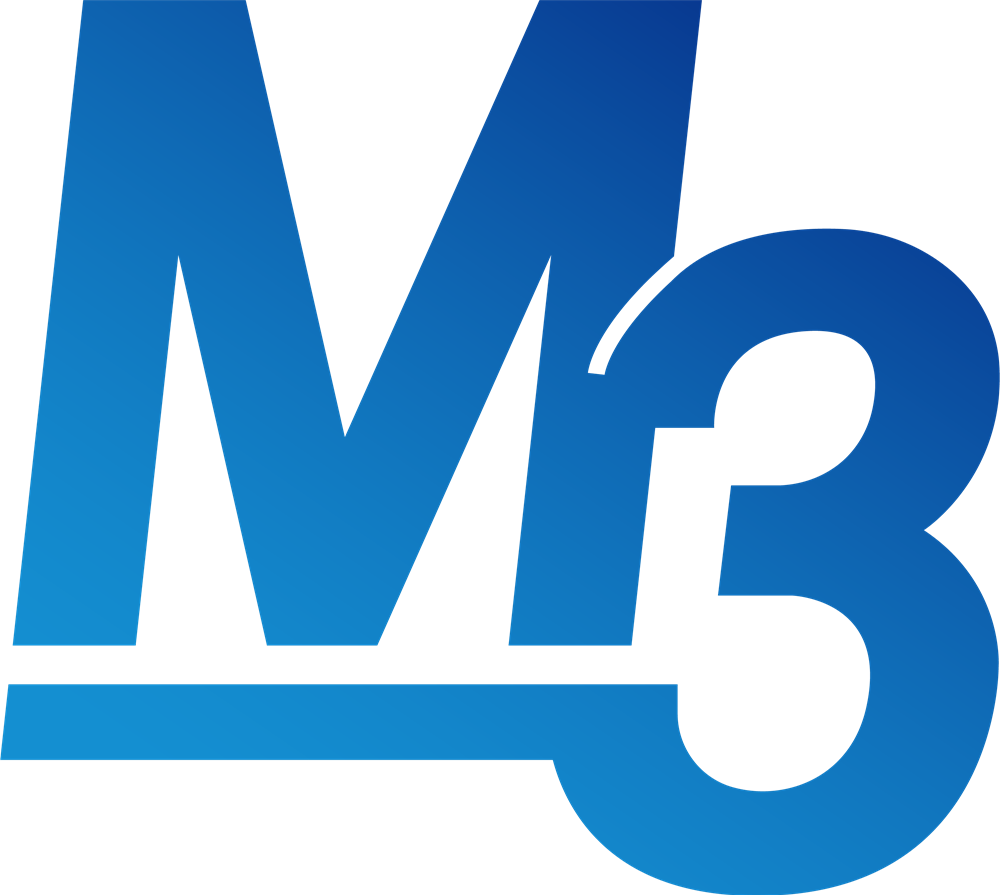Success in the workplace is rarely achieved alone—it’s built on the collective efforts of teams working together toward a shared goal. Team collaboration is more than just working side by side; it’s about blending diverse skills, ideas, and perspectives to achieve something greater than what any individual could accomplish alone. When teams collaborate effectively, they unlock new levels of productivity, spark innovation, and create a workplace where everyone feels engaged and empowered.
However, building a truly collaborative environment takes intention. It requires trust, open communication, and strategies that bring out the best in every team member. In this blog, we’ll define what is team collaboration, explore its benefits, and share practical collaboration strategies to help organizations foster a culture of teamwork.
What Is Team Collaboration?’
Team collaboration is about more than just working alongside others—it’s the art of coming together to achieve a shared goal. It’s when individuals bring their unique skills, ideas, and perspectives to the table and combine them to create something greater than what they could accomplish on their own. At its heart, collaboration thrives on open communication, mutual respect, and a shared sense of purpose. It’s not about dividing tasks; it’s about working in sync, solving problems together, and building a cohesive team dynamic.
When collaboration is done right, it transforms the way teams work. It fosters trust, sparks innovation, and creates an environment where people feel valued and motivated. It’s the difference between a group of people simply completing tasks and a team that’s fully engaged, aligned, and pushing toward success together.
The Transformative Benefits of Team Collaboration
Team collaboration provides a wealth of advantages that can redefine how organizations achieve success. Below are the transformative benefits of team collaboration, each elaborated in detail:
- Improved Productivity
Collaboration streamlines workflows by ensuring that tasks are distributed effectively based on individual strengths and expertise. When everyone knows their role and responsibilities, there’s less duplication of effort, and projects move forward more efficiently. Additionally, team members can support one another when challenges arise, helping to resolve roadblocks quickly and maintain momentum. A collaborative team is more likely to hit deadlines and exceed expectations because they’re united in their approach, leveraging collective energy and focus to accomplish goals faster and more effectively.
- Enhanced Innovation
Innovation flourishes in collaborative environments because they encourage diverse perspectives and ideas to come together. When team members brainstorm collectively, they challenge each other to think outside the box and explore new possibilities. The variety of viewpoints allows for more creative and comprehensive solutions to problems. Collaboration also creates a safe space for experimentation, where team members feel empowered to propose bold ideas without fear of judgment. This blend of creativity and shared effort can lead to breakthroughs that drive significant progress and set organizations apart from their competitors.
- Stronger Employee Engagement
A collaborative workplace fosters a sense of belonging and purpose, which directly impacts employee engagement. When employees feel their contributions are valued and their voices are heard, they become more invested in their work. Collaboration encourages deeper connections among team members, which can lead to higher morale and job satisfaction. Engaged employees are more motivated to give their best, are less likely to experience burnout, and tend to stay with their organizations longer. This leads to a more stable and committed workforce, which is critical for sustained success.
- Faster Problem-Solving
Challenges and obstacles are inevitable in any workplace, but collaboration ensures they’re addressed more effectively. A team that works together can pool their collective knowledge, experience, and resources to tackle issues from multiple angles. This diverse approach to problem-solving often results in quicker and more innovative solutions than what individuals could achieve on their own. When teams collaborate, they not only resolve issues faster but also build resilience, knowing they can rely on one another in future challenges.
- Better Communication
One of the core pillars of effective collaboration is clear and open communication. In a collaborative environment, team members regularly exchange ideas, provide feedback, and share updates, which helps reduce misunderstandings and misalignments. Consistent communication fosters trust and transparency, ensuring that everyone is on the same page and working toward a common objective. Over time, collaborative teams develop stronger interpersonal skills, which further enhance their ability to communicate effectively and resolve conflicts constructively.
- Stronger Team Dynamics
Collaboration builds trust and camaraderie among team members by encouraging them to work together and support one another. When people collaborate, they develop a deeper understanding of each other’s strengths, weaknesses, and working styles, which strengthens the overall dynamic of the team. Shared goals and responsibilities create a sense of unity and purpose, motivating team members to pull in the same direction. This sense of connection not only improves performance but also makes the workplace more enjoyable and fulfilling for everyone involved.
By fostering collaboration, organizations can unlock their teams’ full potential and achieve extraordinary results. It’s not just about working together—it’s about building a culture that values and amplifies the collective power of its people.
Collaboration Strategies to Unlock Team Potential
Effective collaboration strategies not only improve teamwork but also unlock the full potential of your team by creating an environment where everyone thrives. Here’s how organizations can implement practical approaches to enhance collaboration:
- Prioritize Open Communication
Communication is the foundation of collaboration. Encourage team members to share ideas, feedback, and concerns openly without fear of judgment. Regular check-ins, team meetings, and one-on-one discussions create opportunities for open dialogue and ensure everyone stays aligned on goals and expectations. Transparency fosters trust, eliminates misunderstandings, and makes every team member feel valued and heard.
- Leverage Collaboration Tools
Technology plays a vital role in facilitating collaboration, especially for teams that are remote or hybrid. Tools like Slack, Microsoft Teams, Trello, and Asana enable seamless communication, task management, and real-time updates. These platforms ensure that everyone has access to the information they need, allowing teams to stay organized and work more efficiently. Training employees on how to use these tools effectively can further enhance their value.
- Define Roles and Responsibilities Clearly
Clarity is key to effective collaboration. When everyone knows their specific roles and how they contribute to the larger goal, it reduces confusion and improves accountability. Define each team member’s responsibilities and ensure these are communicated clearly during project kickoffs or team meetings. This approach prevents duplication of efforts and helps team members focus on their areas of expertise, leading to higher-quality results.
- Foster a Culture of Trust
Trust is the backbone of collaboration. Without it, team members may hesitate to share ideas or take risks. Leaders can build trust by being transparent, approachable, and supportive. Encouraging team-building activities, celebrating successes, and creating opportunities for employees to connect on a personal level can also strengthen bonds. A culture of trust ensures that every team member feels safe to contribute their ideas and be their authentic selves at work.
- Encourage Diversity of Thought
Diverse teams bring a wealth of perspectives and experiences, which can lead to more creative and well-rounded solutions. Encourage inclusivity by inviting input from all team members and ensuring everyone’s voice is heard. Celebrate different viewpoints and challenge groupthink to foster innovation and drive better decision-making.
- Provide Regular Feedback
Constructive feedback is a cornerstone of effective teamwork. Establish a feedback loop where team members can share insights about their performance, collaborate on improvements, and celebrate successes. Regular feedback sessions not only help individuals grow but also enhance the team’s ability to work together effectively. Addressing challenges early ensures smoother collaboration in the long run.
- Recognize and Reward Collaboration
Celebrating collaborative efforts reinforces the value of teamwork. Recognize team accomplishments through awards, public acknowledgments, or simple thank-you notes. Highlighting the impact of collaboration motivates team members to continue working together and striving for shared success. When employees see that teamwork is valued, they’re more likely to embrace it as part of the workplace culture.
- Promote Cross-Functional Collaboration
Breaking down silos between departments encourages broader collaboration. When teams from different areas of the organization work together, they share unique insights and expertise that lead to more innovative solutions. Cross-functional projects also help employees build relationships beyond their immediate teams, creating a more interconnected and agile workplace.
- Invest in Training and Development
Equip your team with the skills they need to collaborate effectively. Offer training programs focused on communication, conflict resolution, and teamwork to help employees navigate challenges and strengthen their collaboration abilities. Continuous learning ensures that teams remain adaptable and capable of handling the evolving demands of the workplace.
- Create a Collaborative Workspace
The physical or virtual environment can significantly impact collaboration. For in-office teams, consider open layouts or designated collaborative spaces to encourage spontaneous interactions. For remote teams, provide virtual meeting rooms and collaboration platforms that mimic the ease of in-person conversations. Ensure that both environments are inclusive and conducive to productive teamwork.
By implementing these strategies, organizations can foster a collaborative culture that brings out the best in their teams. Collaboration isn’t just about working together—it’s about creating a dynamic, supportive environment where individuals can thrive and achieve shared success.
Harness the Power of Collaboration with Magnet Market Makers
Collaboration is the cornerstone of success. By bringing together diverse talents, fostering open communication, and building trust, your team can achieve extraordinary results. At Magnet Market Makers, collaboration is at the heart of everything we do. Whether it’s crafting innovative marketing strategies or driving impactful campaigns for telecom companies or brands, we thrive on teamwork to deliver exceptional outcomes.
Partner with Magnet Market Makers and experience the transformative power of collaboration. Together, we’ll elevate your business, exceed your goals, and create a lasting impact. Let’s connect today and start building your success—one collaborative step at a time.

